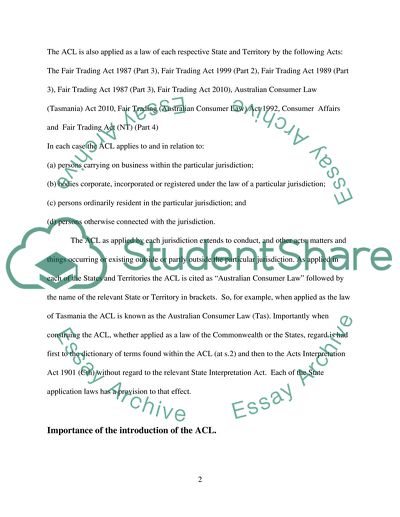Cite this document
(“Section 18 of the Australian Consumer Law Essay”, n.d.)
Section 18 of the Australian Consumer Law Essay. Retrieved from https://studentshare.org/law/1821439-asssignment-on-the-topic-of-s-18-of-the-acl
Section 18 of the Australian Consumer Law Essay. Retrieved from https://studentshare.org/law/1821439-asssignment-on-the-topic-of-s-18-of-the-acl
(Section 18 of the Australian Consumer Law Essay)
Section 18 of the Australian Consumer Law Essay. https://studentshare.org/law/1821439-asssignment-on-the-topic-of-s-18-of-the-acl.
Section 18 of the Australian Consumer Law Essay. https://studentshare.org/law/1821439-asssignment-on-the-topic-of-s-18-of-the-acl.
“Section 18 of the Australian Consumer Law Essay”, n.d. https://studentshare.org/law/1821439-asssignment-on-the-topic-of-s-18-of-the-acl.


